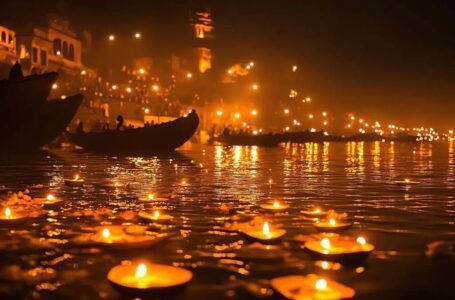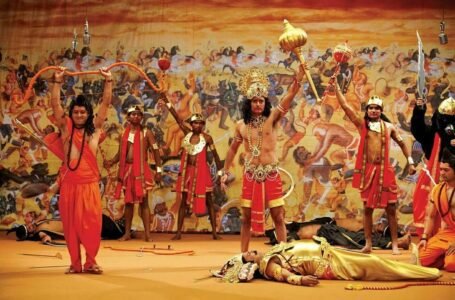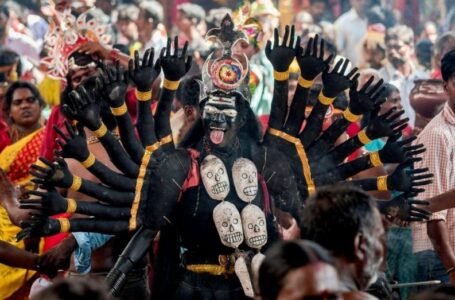From Colonials to Guardians: The Evolution of Indian Army Regiments from the British Raj to Republic India

-Arushi Kastwar
As the sun went down on the British Empire in 1947 and India awakened to independence, it did not inherit only freedom but also the intricate machinery of a colonial army. Among the deepest seeded was the Indian Army — an impressive force molded by generations of British imperial rule. But within a matter of years, this colonial force became the free Republic of India’s front-line protector, reoriented to safeguard not the Empire but the democratic values of a new nation.
This is a story about the development of Indian Army regiments — from their colonial origin under the British Raj to their national rebirth in free India. It’s the tale of transformation, persistence, and redefinition.
Origins during the British Raj: The Formation of the Colonial Army
Private Forces of the East India Company
The origins of India’s contemporary military date back to the East India Company, which originally had private armies to safeguard its business interests. As the influence of Britain grew, so did the Company’s military strength. By the 18th century, they had established three presidency armies — Bengal, Bombay, and Madras, both European and Indian soldiers were part of each.
These regiments formed the basis of future regiments. Indian regiments were created on the basis of caste, religion, and ethnicity — a policy called the “martial races” theory — to avoid unity and maintain control. Sikhs, Gurkhas, Rajputs, Jats, and Pathans were preferred, and other groups were excluded.
The 1857 Revolt and the Birth of the British Indian Army
The Revolt of 1857, or the First War of Independence, was a watershed. After the mutiny, the British Crown took India under direct control and abolished the Company. The British Indian Army came into being in 1858. The army was now wholly British in the officer ranks, with stern recruitment policies to prevent another uprising.
Regiments such as the 1st Punjab Infantry and the 2nd Gurkha Rifles came into prominence during this time. Units were deployed overseas — from the Boxer Rebellion in China to the World Wars — and became instruments of British imperialism.
The Army in World Wars: Indian Regiments on the Global Stage
World War I (1914–1918)
Indian troops fought valiantly in Europe, Africa, and the Middle East. More than 1.3 million Indians were involved in WWI. Regiments such as Ludhiana Sikhs, Rajput Rifles, and Garhwal Rifles gained international respect. Nearly 74,000 Indian troops were killed in WWI, and numerous soldiers were awarded military awards, such as the Victoria Cross.
Although they gave their lives, Indians were still subjects of a colonial power, and the army was still segregated and British-officered.
World War II (1939–1945)
WWII witnessed an enormous build-up of the Indian Army, which was increased to more than 2.5 million soldiers — the largest volunteer army in history then. Regiments such as the Maratha Light Infantry, Mysore Infantry, and Madras Regiment served pivotal roles in Burma, North Africa, and Italy.
But cracks appeared. The Indian National Army (INA), commanded by Subhas Chandra Bose, drew thousands of Indian soldiers who deserted the British Army. The INA was a new concept — that the Indian soldier would fight not for the British Crown, but for freedom for India.
III. Becoming Independent: 1947 and Its Aftermath
Partition and Division of the Army
Freedom was a source of happiness but also of enormous grief — Partition. The Indian Army had to be divided between India and the newly created Pakistan. It was a logistical as well as an emotional nightmare. Regiments were split, soldiers were forced to make a choice, and entire brigades were redistributed.
6 out of 10 Gurkha regiments were sent to the Indian Army, and 4 to the British Army. The same redistribution occurred in other regiments.
Most regiments had common histories, medals, and traditions — all of which were now shattered. But the change was fairly smooth given the magnitude of disruption.
Indianisation of Officer Corps
Prior to independence, the majority of senior officers in the army were British. Indianisation — the appointment of Indians to command roles — had been slow, symbolic, and selective.
But from 1947, this process gathered momentum. General K.M. Cariappa was the first Indian Commander-in-Chief in 1949, subsequently dignified as Field Marshal. Indian names, languages, and military doctrines gradually replaced colonial symbols.
Republic India: The Birth of a National Army
Reorganizing the Regimental System
After 1947, India kept a significant part of the British regimental system, which had been effective in developing esprit de corps. But some regiments were disbanded, merged, or renamed to incorporate national identity.
Regiments Retained but with Changes:
Rajput Regiment
Sikh Regiment
Gorkha Rifles
Maratha Light Infantry
Madras Regiment
Newer Regiments Formed:
Brigade of the Guards (1949) – First “All India All Class” regiment shattering caste and regional recruitment
Mechanised Infantry Regiment (1979)
Naga Regiment, Ladakh Scouts, and Sikkim Scouts – To symbolize indigenous and hill people
Regiments recruited more comprehensively now, away from martial race ideology. The center of attention moved from ethnicity to competence and training.
Redrafting Military Doctrine and Ethos
British regiments had been imbued with loyalty to the Crown and imperial values. Indian regiments under the Republic started realigning towards democracy, national security, and constitutional values.
Regimental mottos were altered:
“Dieu et mon droit” gave way to “Service Before Self”
Battle cries were Indianized – “Jo Bole So Nihal” for Sikh Regiment, “Sarvada Shaktishali” for Guards
The Indian Army started developing its own war memorials, gallantry awards (Param Vir Chakra, Ashok Chakra), and showcasing Indian war heroes.
—
Modern Indian Army Regiments: Role in Nation Building
War and Conflict
Indian Army regiments stood their test in several wars:
1947-48 Kashmir War – Sikh and Dogra regiments were at the forefront
1962 Sino-Indian War – Though defeated, acts of bravery of regiments such as Kumaon became the stuff of legend
1965 & 1971 Indo-Pak Wars – Punjab, Rajputana Rifles, and Gurkha regiments were at the front line
Kargil War (1999) – Jat, Sikh, and Grenadiers regiments became familiar names
Counterinsurgency and Internal Security
Regiments have also played a critical role in operations within the country — in Kashmir, Northeast India, and anti-Naxal operations — demonstrating restraint, discipline, and flexibility.
UN Peacekeeping and Global Presence
Indian regiments have served the nation in more than 50 UN peacekeeping missions, from Congo to Lebanon, Sudan, and Haiti. Their behavior has brought India massive respect all over the world.
—
Legacy and Symbolism Today


